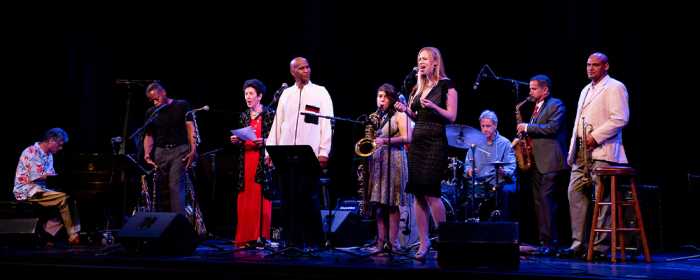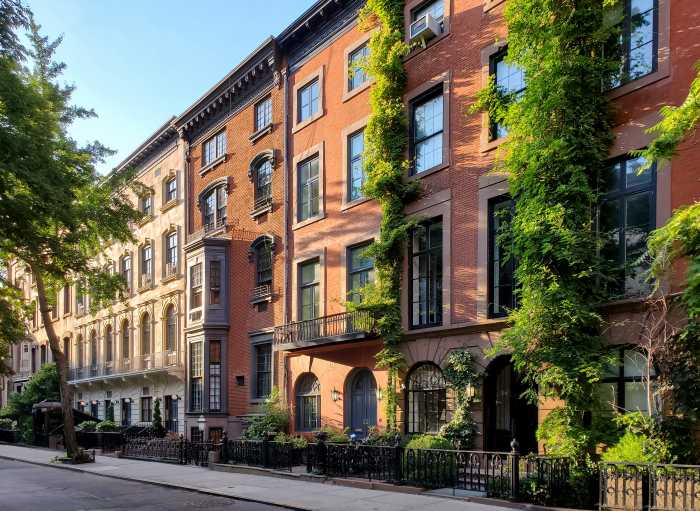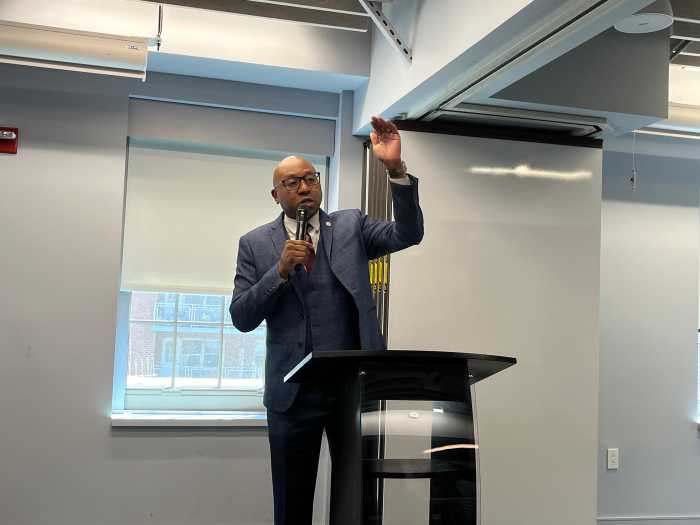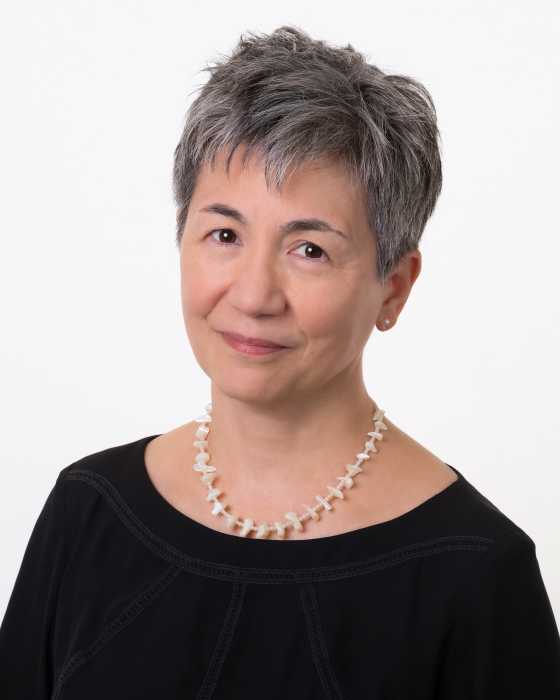By Dan Trudeau
Constant change is an undeniable aspect of life in any place. For residents of neighborhoods in Western Queens, the world is a dramatically different place than it was when they picked up the first copy of the Astoria Times five years ago, especially when speaking of the demographic make-up of the various communities.
The establishment of the Astoria Times came in the middle of a 10-year period of upheaval, marked by heavy growth within immigrant and minority groups and the decline of the area’s non-Hispanic white population, according to census figures from the New York City Department of City Planning.
For example, from 1990 to 2000, Queens Community District No. 1, which includes Astoria, Steinway and Long Island City, saw a 69-percent increase in its Asian population and an 18 percent increase in its Hispanic population while the non-Hispanic white population dropped 13 percent.
Likewise, Community District No. 2, made up of Woodside, Sunnyside and Hunters Point, had increases of 50 percent and 37 percent for the Asian and Hispanic population respectively. Meanwhile, the non-Hispanic white population dropped 22 percent and was surpassed by the Hispanic population and nearly matched by the Asian population.
Siobahn Dennehy is the executive director of the Emerald Isle Immigration Center, a non-profit organization in Woodside that helps recent immigrants find jobs and resources when they enter the country. Dennehy said that the recent influx of minority groups is a predictable process as new immigrants tend to flock to densely populated areas in search of jobs and housing, while more established immigrant groups head to eastern Queens for a more stable lifestyle.
“Western Queens is a very, very important part of the city because of the proximity to Manhattan, and because the volume of people living here means that there are a lot of opportunities for working, sometimes without documentation,” Dennehy said.
Though the center was opened to help Irish immigrants, Dennehy said that all kinds of groups find their way to the center and that the current melting pot environment of Western Queens helps immigrants from different groups find common ground and develop sympathetic relationships.
“I can safely say that immigrants recognize people who are in the same situations,” Dennehy said. “This past Ash Wednesday I went to church. I noticed that there were a lot of the older Irish people, but probably 30 to 40 percent of the people in the church were Latin American. I think that our faith is another thing that ties the different immigrant groups together.”
While changes with regard to ethnicity have changed the face of Western Queens significantly, Bob Singleton, president of the Greater Astoria Historical Society, said the increased presence of young adults has been the most important vehicle for change in the last five years.
“The big news for the last five years has been emigration,” Singleton said. “We have seen an accelerated pace of young people coming from Manhattan.”
The increasingly youthful environment has revitalized a historically exceptional arts community and helped create an active night life, putting Astoria in the position to be “the new Greenwich Village in the coming generation,” Singleton said.
Artist and glassblower Kenny Greenburg has been a resident of Astoria for 20 years and said that the creative boom the area has seen in recent years is part of a larger cycle which has taken place over the course of decades. Greenburg said the temporary relocation of the Museum of Modern Art to Long Island City has brought new interest to artistic endeavors in the Astoria area, which has more to offer than most people previously realized, including workspace for artists and a supportive small-town atmosphere.
“This neighborhood at the moment has a unique flavor. It functions more as a small town than any other place in New York. That’s the main reason I’ve laid my roots here,” Greenburg said.
While Greenburg was optimistic about the current cultural state of Western Queens, he was doubtful that the community could sustain it’s creative movement without a deliberate effort to support the artists.
“While its wonderful that there’s this burst of enthusiasm, there really are no plans to deal with the people who have made this place what it is,” Greenburg said. “All the elements are here: community, culture, small business, big business. There’s just no force to circle the wagons.”
Changing demographics have also interestingly altered the commercial environment in Western Queens during recent years, as immigrant groups and young people provide a customer base for entrepreneurs and small businesses that cater to specific groups, Dennehy said.
Businesses selling ethnic cooking products and food as well as non-English newspapers abound in area neighborhoods, while museums, studios and artisans have benefited greatly from the growing strength of the art community, according to Greenburg.
Big businesses and developers have also prospered in the area, and Singleton expressed a similar sentiment to Greenburg’s in noting that differing agendas between developers and the community could be the biggest conflict facing the region for the future.
“Echoing previous efforts in Manhattan and Brooklyn, there is a new focus on the public reclaiming our waterfront,” Singleton said. “From Newtown Creek and Queens West to the power plants along the East River, the conflict between development and public access will continue in the coming decades.”
For those like Greenburg, Western Queens is a place to settle down and establish a home, while others look at it as a “stepping stone to prosperity,” as Dennehy said. But regardless of constant change and conflicting interests, residents are optimistic about recent developments for their dynamic community and its outlook for the future.
Reach reporter Dan Trudeau by e-mail at Timesledger@aol.com, or call 718-229-0300, Ext. 173.




































